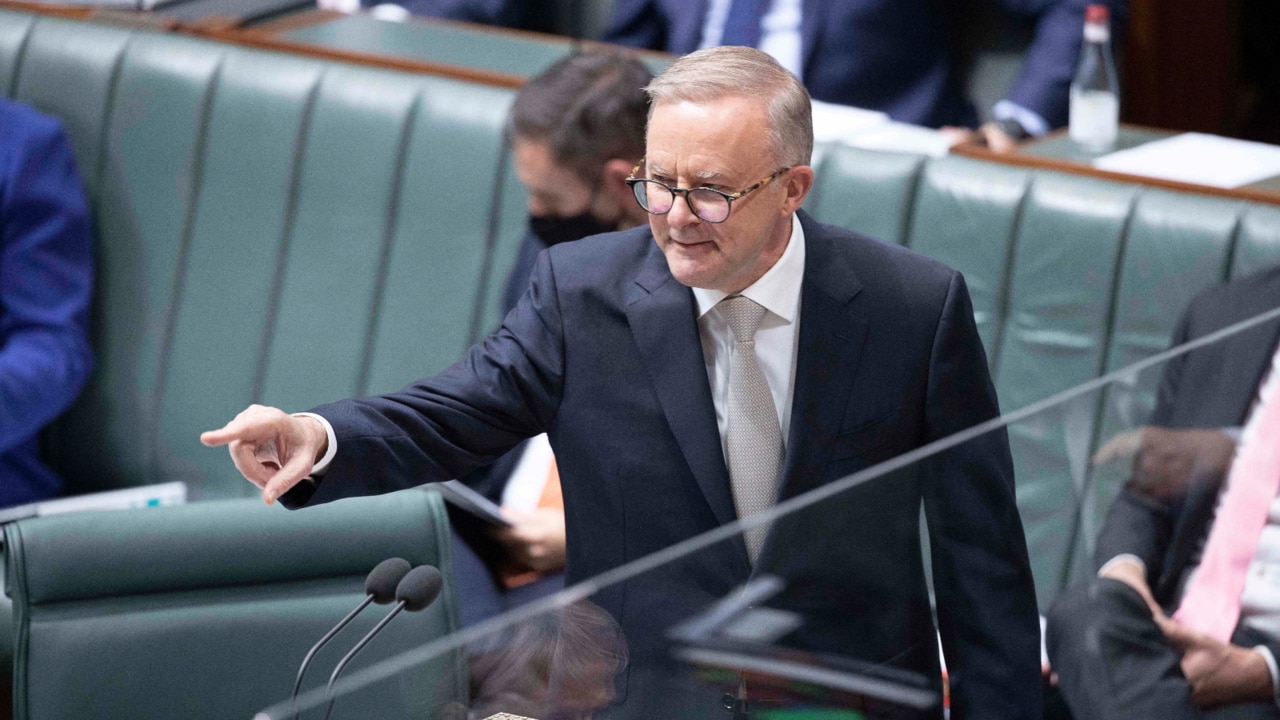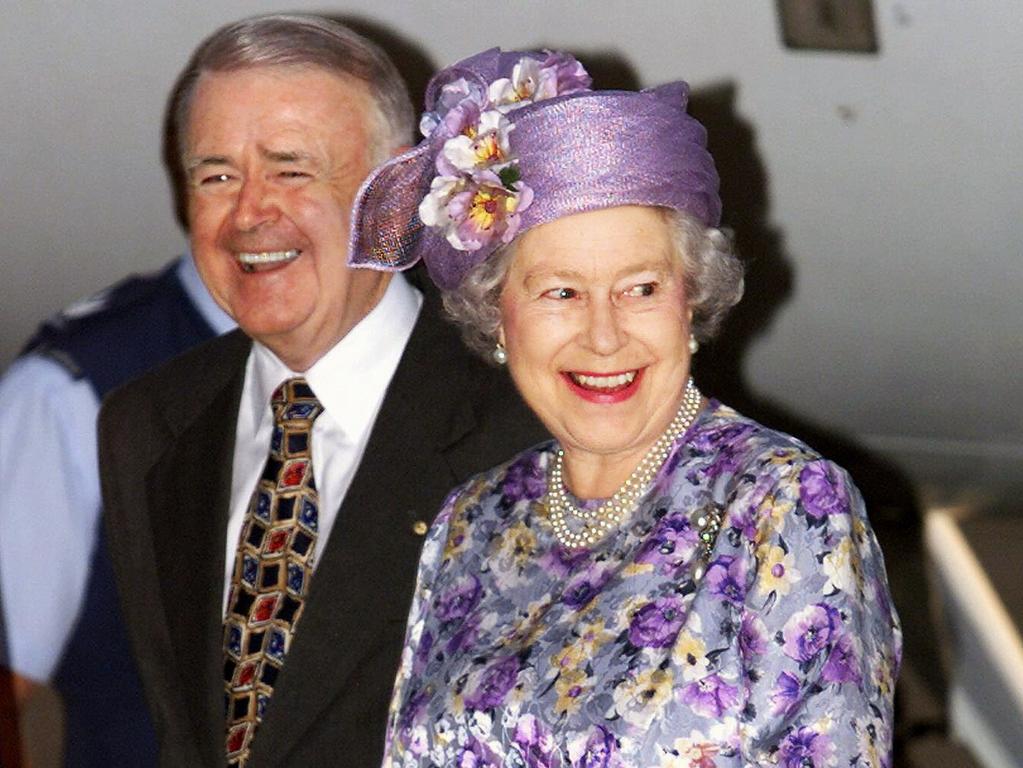Queen feared republic call would make her a ‘lame duck’, secret vice-regal letters reveal
Tying the end of the monarchy to ‘her death would be unfortunate’, her private secretary wrote to the governor-general in 1996.

Queen Elizabeth II worried she would become a “lame duck” monarch with no successor if Australia decided to become a republic at the end of her reign, Sir William Deane’s vice-regal letters reveal.
“Her Majesty took careful note of the reaction you have given to the emerging opinion, in government and party circles, that the end of the Monarchy in Australia should be signalled by the end of The Queen’s reign,” her private secretary wrote to the governor-general in June 1996.
“(T)ying the end of the Monarchy to her death would be unfortunate … it would make her something of a ‘lame duck’ Sovereign in that, for an indeterminate space of time, the people of Australia would be watching the sun set on a reign which has no successor.”
Sir William’s letters to The Queen were first revealed by The Australian in January last year and these new letters have become publicly available after seeking a review of redactions with the National Archives of Australia.
The letter from Sir Robert Fellowes to Sir William noted that the Queen “certainly regards the future of the Crown in Australia as a matter for the Australian people” but was “extremely interested” in the emerging view the governor-general had identified early in the Howard government.

Sir William wrote to Sir Robert in May 1996 about his observations and discussions with John Howard about the view among Coalition MPs favouring a debate about Australia becoming a republic when the Queen abdicated or died.
“I have,” Sir William wrote, “observed a clear tendency on the part of Liberal and National party politicians to adopt the approach that the focus on any debate about Australia becoming a Republic should be upon the time when Her Majesty’s reign comes to an end.”

The governor-general stressed this development was “most undesirable” and told Mr Howard it was distasteful that the end of the Queen’s reign could be viewed by some Australians as having “favourable implications”.
He added, astonishingly, that “it should not be assumed” the Queen “would be prepared to continue” as Australia’s monarch should a constitutional referendum be adopted stipulating that an Australian republic would start “at the time of Her death or when Her reign … otherwise came to an end.”
Sir Robert noted that the Queen was concerned there could be “no specific start date for the change” to a republic and a “divisive debate” unleashed with “invidious comparisons being drawn between the respective merits of The Queen, The Prince of Wales, and prospective Presidential candidates”.
Prominent republicans such as Bob Hawke suggested the time for Australia to sever its constitutional links with Britain may be when the Queen’s reign ended, given the admiration and esteem in which she was held by many Australians.
This exchange of letters between Buckingham Palace and Government House is one of several now accessible after a review sought by The Australian.

As Sir Don Bradman neared death in early 2001, Sir William met him twice while he lay in bed and held his hand, telling the Queen he was “undoubtedly the most admired living Australian”. He noted there would be “a huge reaction” to his death and encouraged her to prepare a statement for the inevitability.
After Bradman’s death that February, Sir William wrote to the Queen suggesting a draft message from her to be read at the memorial service. The Queen, however, prepared her own tribute, saying that he “embodied the best of the Australian spirit: a love of life, a love of sport, and an ability to bring out enthusiasm in all who knew him.”
When Mr Howard wrote to the Queen asking her to open a joint sitting of parliament to mark the centenary of Federation in May 2001, Buckingham Palace advised “it would not be possible” because a visit was scheduled for October for the Commonwealth Heads of Government Meeting. (The Queen visited in 2002.)
Sir William held the vice-regal office from February 1996 to June 2001, and wrote regularly to Buckingham Palace offering candid views on politics and policy, supporting Indigenous reconciliation, attacking the “intolerant and ignorant” views of Pauline Hanson and providing updates on the republic debate, the GST introduction and sale of Telstra.
The correspondence still includes considerable redactions with 45 folios remaining partially exempted following the review.






To join the conversation, please log in. Don't have an account? Register
Join the conversation, you are commenting as Logout